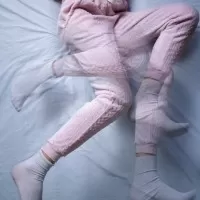During menopause, significant hormonal changes—primarily a decline in oestrogen levels—can lead to a variety of symptoms, including joint and muscle pain. Oestrogen plays a role in reducing inflammation and maintaining joint and muscle health, so its decrease can result in stiffness, aches, and pain in the joints and muscles. These symptoms can mimic arthritis and may cause discomfort in areas such as the knees, hands, hips, and shoulders. Additionally, muscle weakness and reduced flexibility are common during this stage, often exacerbated by aging and decreased physical activity. Staying active, maintaining a balanced diet rich in nutrients, and adopting stress-reducing techniques can help alleviate menopausal joint and muscle pain. For more severe symptoms, consulting a healthcare professional for treatments such as hormone replacement therapy (HRT) or pain management strategies may provide relief.
Joints & Muscles
During menopause, significant hormonal changes—primarily a decline in oestrogen levels—can lead to a variety of symptoms, including joint and muscle pain.

